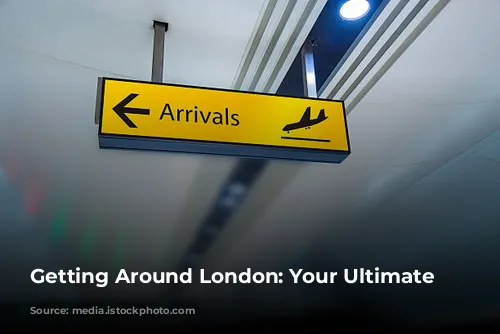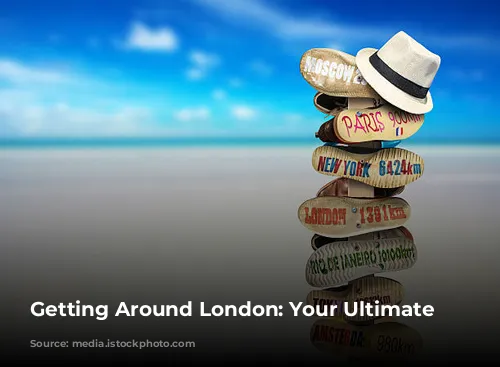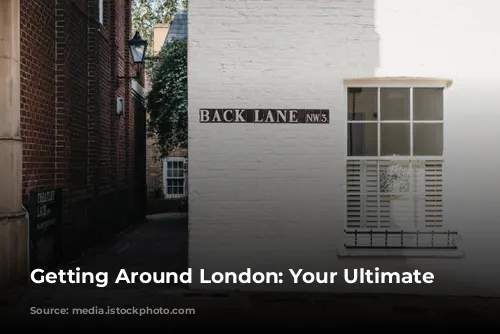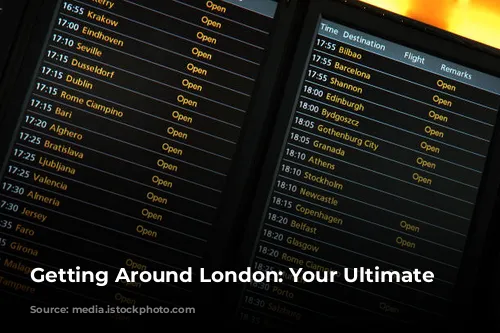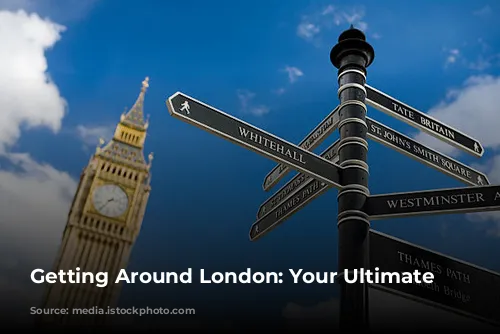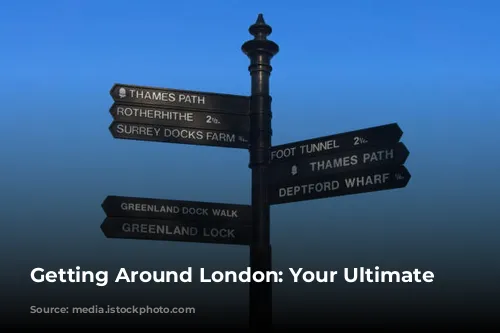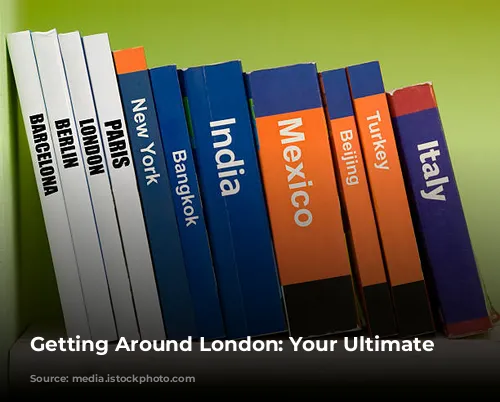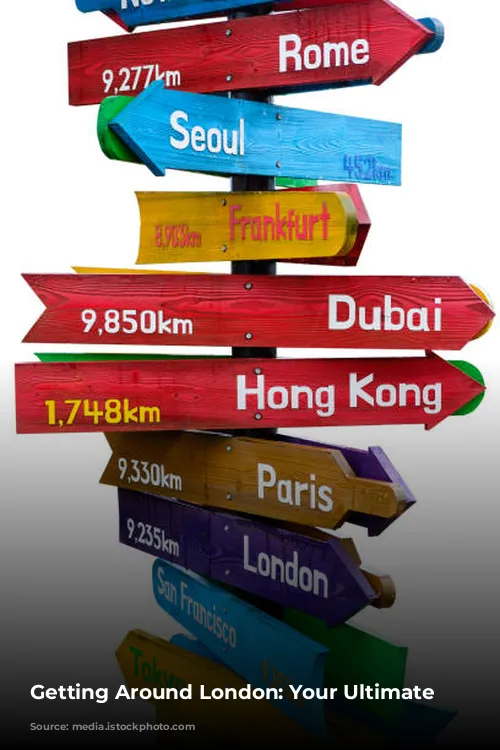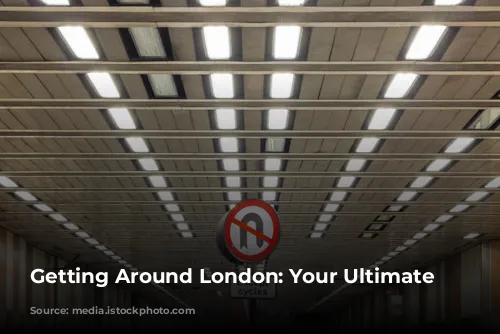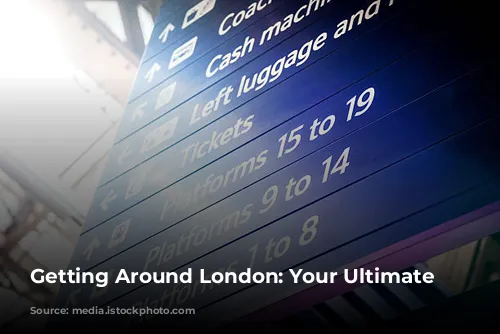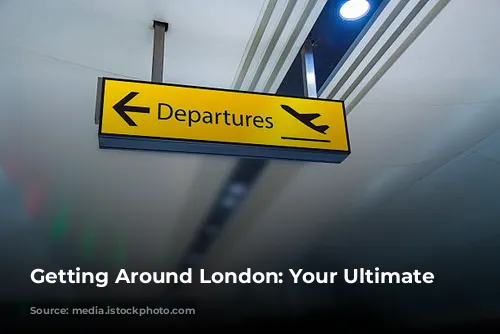London, a city brimming with history and charm, boasts a fantastic public transportation system that makes navigating its bustling streets a breeze. Forget the hassle of driving – leave your car at home and embrace the ease of London’s public transport.
Public Transportation: A Seamless Experience
Getting around London is a joy thanks to its efficient and well-connected public transportation system. Google Maps is your go-to for planning your routes. Simply input your current location and destination, and select the public transport icon. This will reveal all available tube and bus routes, along with their departure and arrival times, making your journey stress-free.
Many Londoners, and visitors alike, enjoy the simple pleasure of walking through the city. You’ll find yourself amidst a lively crowd, enjoying the sights and sounds of this vibrant metropolis. Even as a solo female traveler, I felt safe walking around London in all the areas I visited.
Paying for Public Transportation: Your Options
London offers multiple ways to pay for your journeys on the Tube, buses, and trains. While the Transport for London website provides a comprehensive breakdown of each option, here’s a simplified guide:
The iconic Oyster Card, a blue plastic card the size of a credit card, is a popular choice. Purchase one at any tube station – kiosks are readily available where you can choose between an Oyster Card or a Visitor Oyster Card and load it with your credit card or cash. Remember, only one Oyster Card per person is allowed.
Oyster Cards are accepted for public transportation throughout London, including the Tube and buses. The best part? They have a daily cap, which means you’ll save money if you’re taking the Tube multiple times throughout the day.
There’s also a Visitor Oyster Card, but it offers fewer benefits than the regular version as you can’t load a travel pass onto it. However, the main perk is that you can have it shipped to your home before your trip.
But guess what? Since 2023, Oyster Cards are no longer a necessity! You can now seamlessly use contactless payments – tap your contactless credit card or digital wallet (like Google Pay or Apple Pay) where you would normally tap your Oyster Card.
Travelcards: Your Ticket to Unlimited Travel
For those planning a longer stay, Travelcards are a great option. These prepaid cards offer unlimited travel within specific zones in London. If you’re staying in London for seven days or more, a 7-day Travelcard is a money-saver, giving you seven days of travel for the price of five.
When you purchase an Oyster Card, you’ll have the option to buy a 7-day Travelcard and load it onto your card. However, remember that Travelcards can’t be loaded onto Visitor Oyster Cards – they’re only compatible with regular Oyster Cards purchased in London.
If your trip is shorter than seven days, stick with an Oyster Card or contactless payment. The daily cap will save you money on trips shorter than a week.
The London Underground: A Timeless Classic
Known affectionately as “the Tube,” the London Underground is the oldest subway system in the world, dating back to 1863. It’s a fast and efficient way to get around London, and I rely on it multiple times a day when I’m in the city.
While it’s undergone numerous upgrades over the years, many stations still lack accessibility for those who need wheelchair access. However, accessible stations are clearly marked with the International Symbol of Access (ISA) – an icon of a person in a wheelchair – on the Tube map.
Whenever you enter a Tube station, don’t forget to tap your Oyster Card, contactless credit card, or digital wallet to pass through the turnstiles. You’ll also need to tap on your way out, so keep your card or phone handy for a smooth exit.
Ride-Sharing: Your Alternative Options
Uber, Lyft, and Bolt are all popular ride-sharing options in London. If you have cellular service or Wi-Fi, simply request a ride through their respective apps.
Bolt might be new to those coming from the U.S., as it doesn’t operate in North America. While I haven’t used Bolt in London yet, I can attest to its affordability – it was our go-to ride-sharing app in Malta.
While Bolt rides typically have shorter wait times in Malta, some have reported longer wait times in London, so keep that in mind if you’re in a hurry. All three apps also offer scheduled rides, a lifesaver for early morning trips to the airport.
Biking and Scootering: Exploring London on Two Wheels
London boasts an impressive network of bike paths, suitable for both bikes and scooters – even electric ones. Just remember, they’re not allowed on sidewalks. For information about bringing bikes and scooters onto public transportation, visit the Transport for London (TfL) website.
While tempting, I wouldn’t recommend riding a bike or scooter in London, especially on your first visit. It can be more of a hassle than a convenience. Walking or using public transportation is my preferred way to get around this wonderful city.
Embrace the Walkable City: London’s True Charm
London is incredibly walkable, and you’ll find many people strolling through the streets. I love this aspect of London culture and enjoy walking 5-10+ miles a day while I’m in the city.
Even on rainy days, Londoners embrace the weather with umbrellas, rain boots, and warm coats. We’ve certainly had our fair share of walking in the rain during winter visits. And if you plan to visit London during the winter months, check out my blog post for tips on navigating the colder season.
Walking is a fantastic way to get around London and discover hidden gems. You’ll stumble upon charming neighborhoods and unique shops you might have missed otherwise. So, put on your walking shoes, embrace the energy of London, and enjoy the journey!
